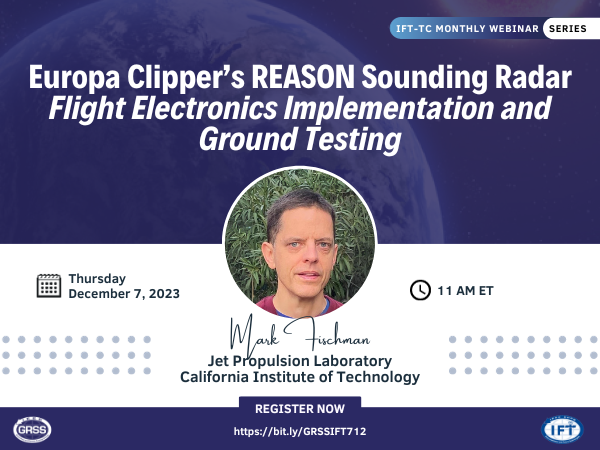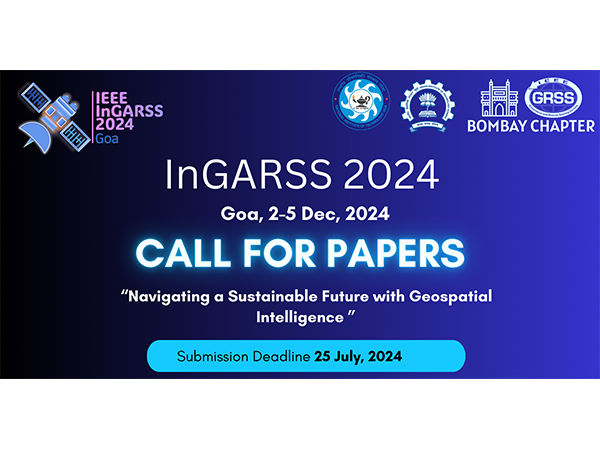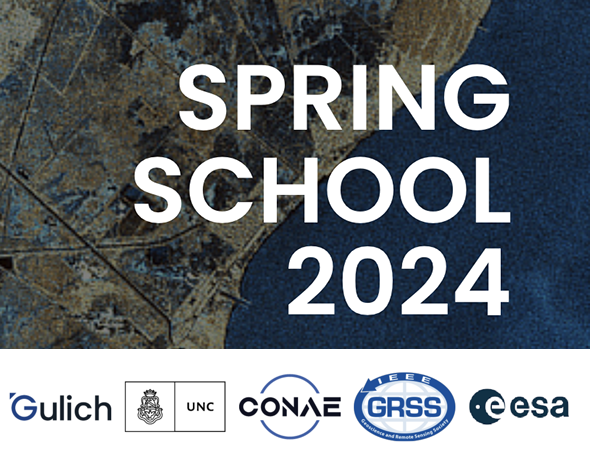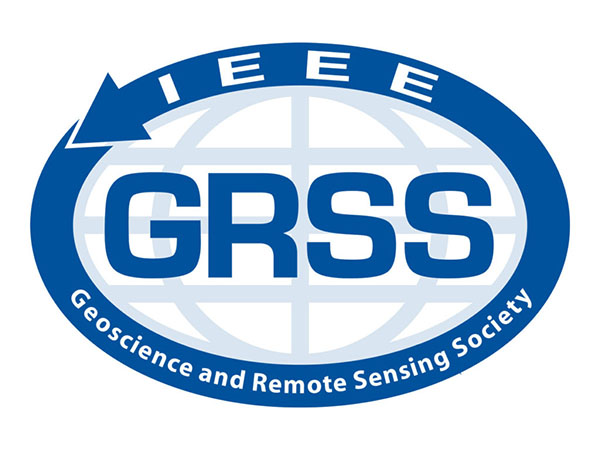Europa Clipper’s REASON Sounding Radar – Flight Electronics Implementation and Ground Testing
Webinar Speaker:
Mark Fischman
Jet Propulsion Laboratory, California Institute of Technology
- December 7th, 2023
- 11:00 A.M. Eastern Time
- Sponsored by GRSS - TC IFT Webinar
About the Webinar
The Radar for Europa Assessment and Sounding: Ocean to Near-surface (REASON) is a dual-frequency (9-MHz HF, 60-MHz VHF) radar that will collect the first ever science data set below the icy surface of Jupiter’s moon Europa. The REASON hardware team recently delivered the flight electronics for the in-vault (radiation shielded) portion of the radar to the Europa Clipper project for System Integration and Test, in preparation for launch in Fall 2024. In this talk, I will introduce the instrument specifications and operating concept unique to making “flyby” radar observations of Europa (approach, nadir closest approach, and departure) over the course of the mission. Following this introduction is a discussion of the radar electronics development and the team’s approach for verifying the hardware and firmware in ground testing – especially during flight model environmental testing and system-level testing with the spacecraft.
About the Speaker
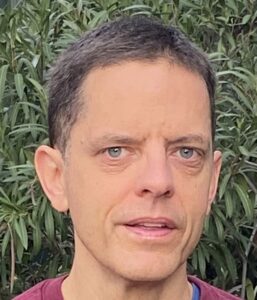

Mark Fischman received the B.S. degree in electrical engineering from Caltech in 1989, and M.S. and Ph.D. EE degrees from the University of Michigan in 1996-2001. He served as Electronics Design Engineer at Sony Corp., Tokyo, Japan and Pittsburgh, from 1989-95. His thesis at Michigan was development of a 1.4 GHz direct-sampling digital radiometer to facilitate single-chip receiver schemes for aperture synthesis radiometry. In 2001, he joined JPL, where he is currently Instrument System Engineer in the Radar Technology Group. Dr. Fischman is Lead Instrument Engineer for the Europa Clipper REASON HF/VHF sounding radar and served previously as Instrument Integration-and-Test Manager for REASON. He was Sensor Engineer for the Mars 2020 Ka-band Terminal Descent Sensor and was Radar Electronics System Engineer for the L-band SMAP mission. He was the designer of the Scatterometer Processor/Controller electronics aboard the Aquarius/SAC-D sea-surface salinity mission and member of the Aquarius I&T team. His interests include microwave systems architecture, RF/digital circuits, spaceborne precipitation/Doppler radar, and design for electromagnetic compatibility.






















